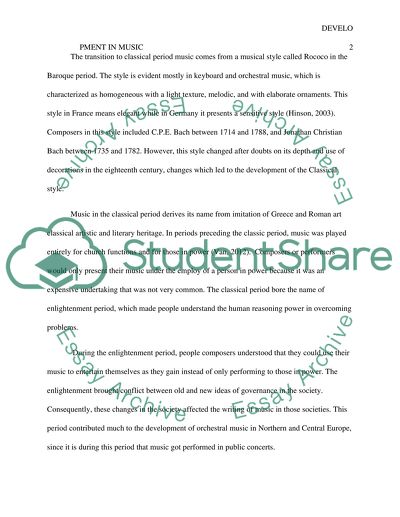Cite this document
(“Development of Orchestra Concert Music in the Classical Period Essay”, n.d.)
Retrieved from https://studentshare.org/music/1493223-development-of-orchestra-concert-music-in-the-classical-period
Retrieved from https://studentshare.org/music/1493223-development-of-orchestra-concert-music-in-the-classical-period
(Development of Orchestra Concert Music in the Classical Period Essay)
https://studentshare.org/music/1493223-development-of-orchestra-concert-music-in-the-classical-period.
https://studentshare.org/music/1493223-development-of-orchestra-concert-music-in-the-classical-period.
“Development of Orchestra Concert Music in the Classical Period Essay”, n.d. https://studentshare.org/music/1493223-development-of-orchestra-concert-music-in-the-classical-period.


